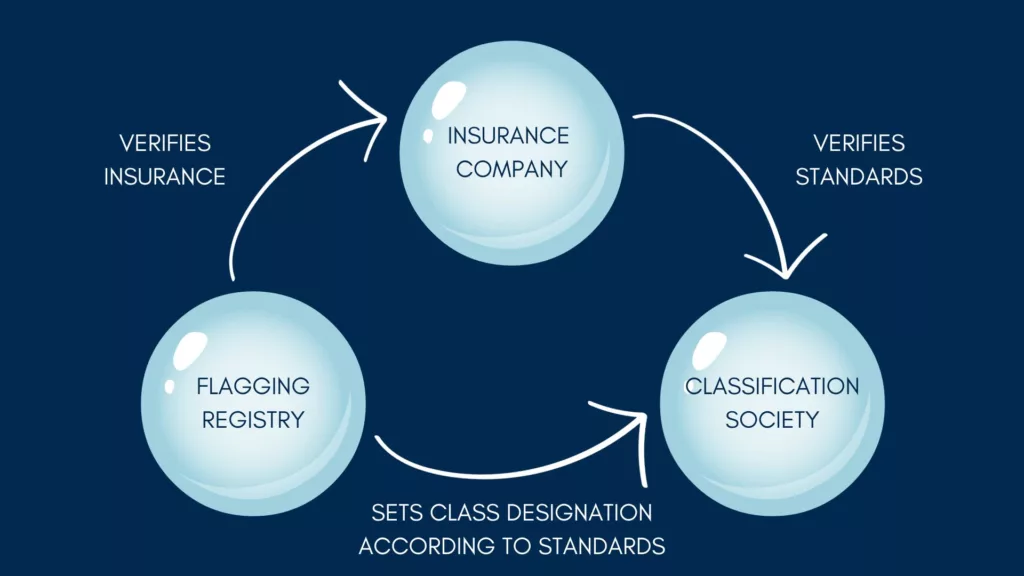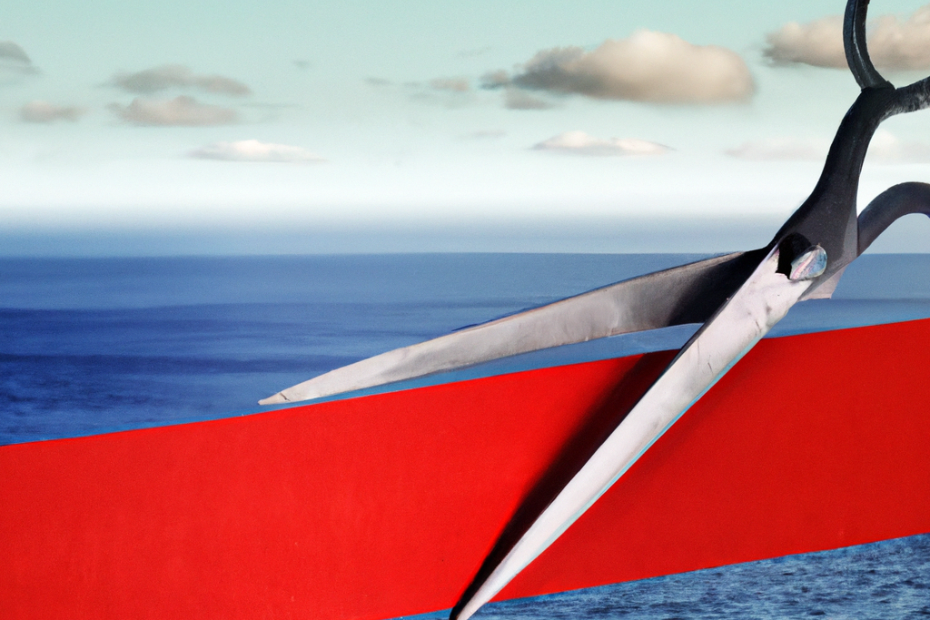Now that The Seasteading Institute has inspired at least eleven seasteading projects to build seasteads, it’s imperative that our community build a Legal and Safe Path for Seasteads.
International law requires that every vessel on the sea be flagged.
A flag for a vessel is kind of like a passport for a person. Vessels that aren’t flagged can be boarded or confiscated by any other ship that comes across it. We advise seasteaders to properly flag their vessels to protect themselves from this kind of intrusion.
Maritime flags can allow vessels a considerable amount of autonomy within the existing legal framework.
Flagging registries have a business interest in profiting from the nine seasteading companies we’ve inspired. So far we have spoken to flagging registries or politicians from nine flagging states.
If we can encourage lots of flagging registries to compete to provide appropriate rules for a variety of Seastead societies, we will have taken a huge stride toward fulfilling the Seasteading mission.
Flagging registries usually require each vessel to meet the standards of a Classification Society.
Legal seasteading requires cooperation among four entities.
- builder (aquapreneur)
- classification society
- flagging registry
- insurance agency

TSI has inspired a network of builders, but we need to make sure that their innovative designs will be able to float on the ocean safely without inviting harassment from any navy or coast guard that might stumble upon them (see the First Seasteaders video series).
We can help builders by navigating the legal red tape and providing a clear process for living legally on the sea. Since seasteads are a new kind of vessel, we need to create a new legal category for flagging registries to approve.
This is the vital new role of the Seasteading Institute.
The first piece of this process is Classification.
A Classification Society is a non-governmental organization that establishes and maintains technical standards for the construction and operation of ships and offshore structures. Classification Societies certify that the construction of a vessel complies with relevant standards and carry out regular surveys to ensure continuing compliance with the standards.
Why should your seastead be classed?
The Classification Society develops a thorough set of rules with safety and technical standards. We are drafting rules to set the standards for seasteads derived from similar structures already in use on the sea.
Then we can work with flagging registries to create a flag designation for a seastead.
Why should your seastead have a flag?
International law requires that all ships and offshore structures be registered in a country, this is called the vessel’s Flag State. Flagging seasteads will provide the most de facto autonomy and the best protections in international law.
Flagging registries will set registration fees and requirements for regular inspections for a vessel. Many times, the flagging registry will require the vessel to come into port for regular inspections. That will not be feasible for seasteads intended to spend their entire existence out on the ocean, which is why we will create a new vessel class for seasteads.
Flagging registries require vessels to have insurance, and insurance companies require vessels to meet safety standards.
Both flagging registries and insurance companies rely on the Classification Society to enforce standards and conduct regular inspections.
How to get insurance for your seastead
The insurance company will be interested in a number of other risk factors not covered in the classification process or follow up surveys such as site mooring locations, climate/weather, operational procedures, total number of humans on the seastead, evacuation procedures, etc. The Classification Society will build relationships with maritime insurance agencies to help smooth the process for aquapreneurs.
You can help
Donate
Although we rely heavily on volunteers, we will need to hire expert consultants to ensure that our rules meet legal and safety standards. We expect the cost of finalizing the Classification Rules and securing approval by a marine insurer will be about $2,000,000 over the next three years. Show your support by making a one-time donation or setting up monthly recurring donations. We also accept donations in crypto currency, stock, and from Donor Advised Funds.
Spread the word
Share this blog post and other TSI content on your favorite social media channel.

